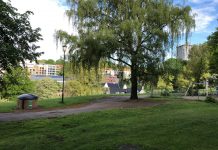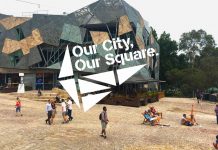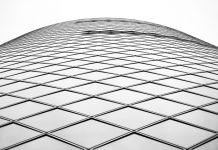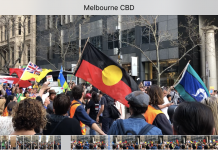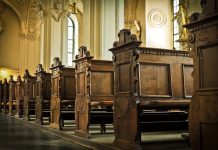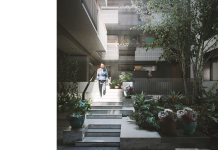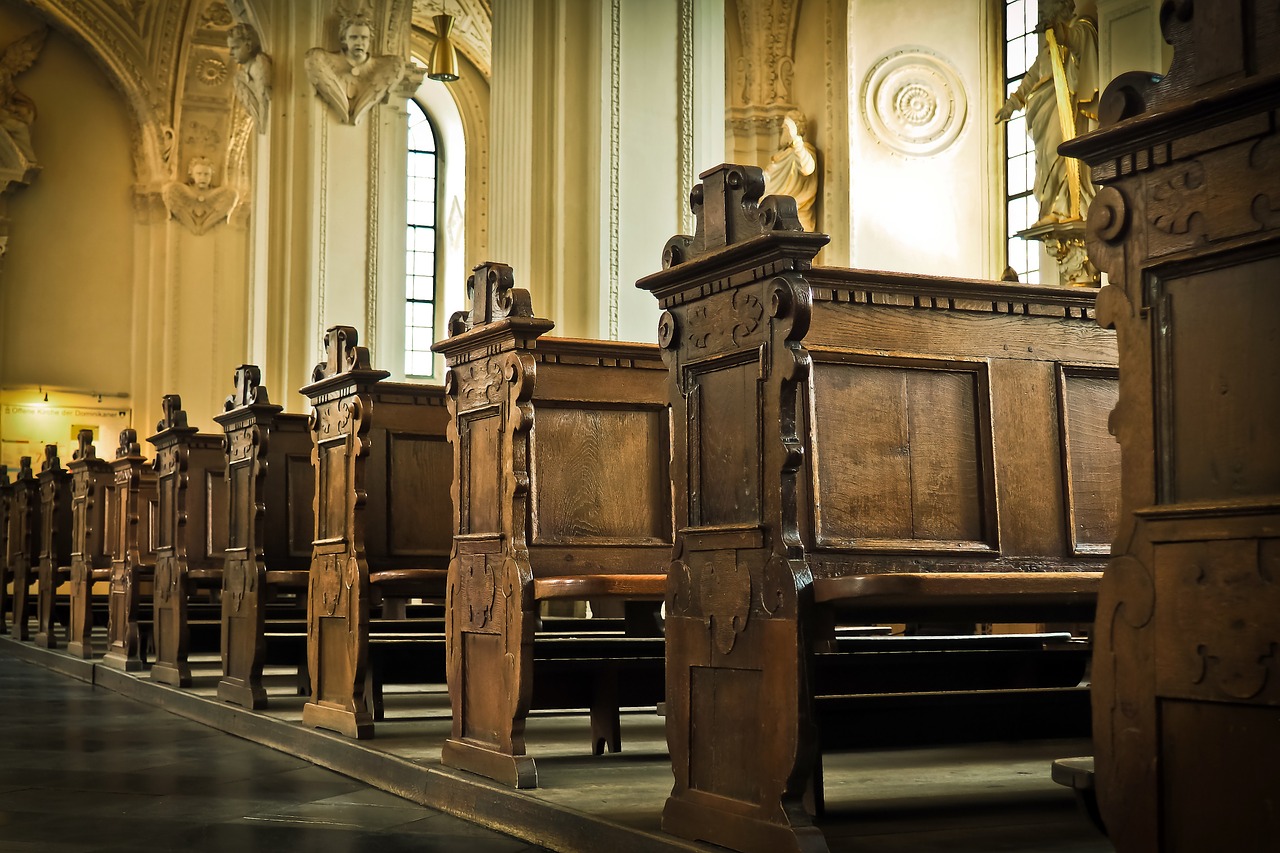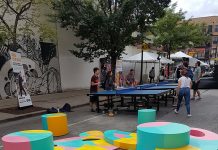Today, I sat glued to the radio listening to the sentencing of George Pell, the convicted sex offender who remains a cardinal in the Catholic Church. I felt revulsion. The description of his offences was both believable and disgusting. As with all sexual offences, his acts were abuses of power. His arrogance breathtaking said chief justice Peter Kidd in sentencing Pell. Committing these offences with the door open was a measure of his belief that this power was unassailable, and it very nearly was, had it not been for the bravery of the jury and the victims of his abuse in holding Pell to account.
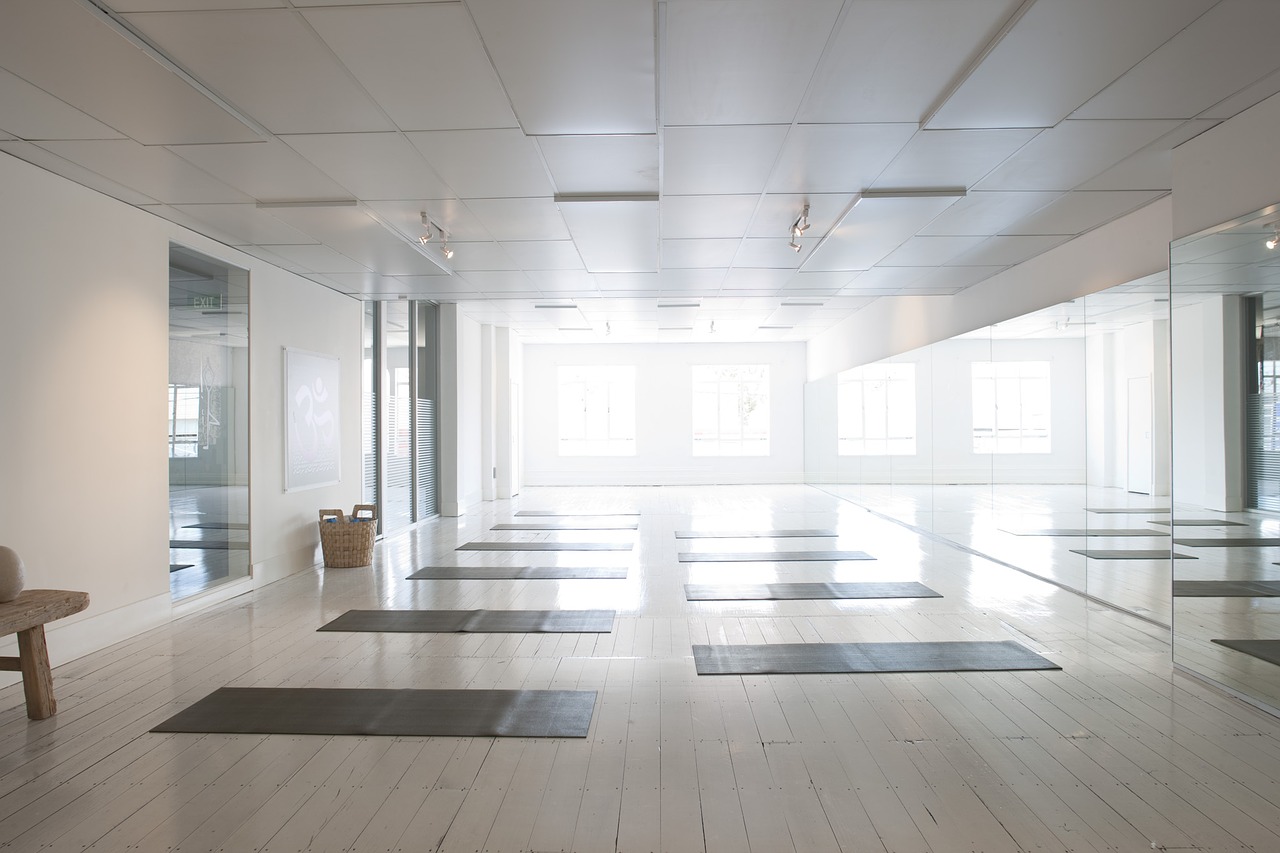
Not everyone will agree that we, as a community, need sacred spaces in which to reflect and wonder about life’s deeper meaning. All of us, however, would agree that our sacred spaces need to be safe.
Every major religion has such spaces and there are many more that are secular. Yoga studios are an example that comes to mind. Many people enter sacred spaces in a particularly open and vulnerable state, trying to connect with their own goodness and that of others. For abuse to occur in sacred spaces is no more heinous than in any other space. But perhaps it is more likely; our defences are down.
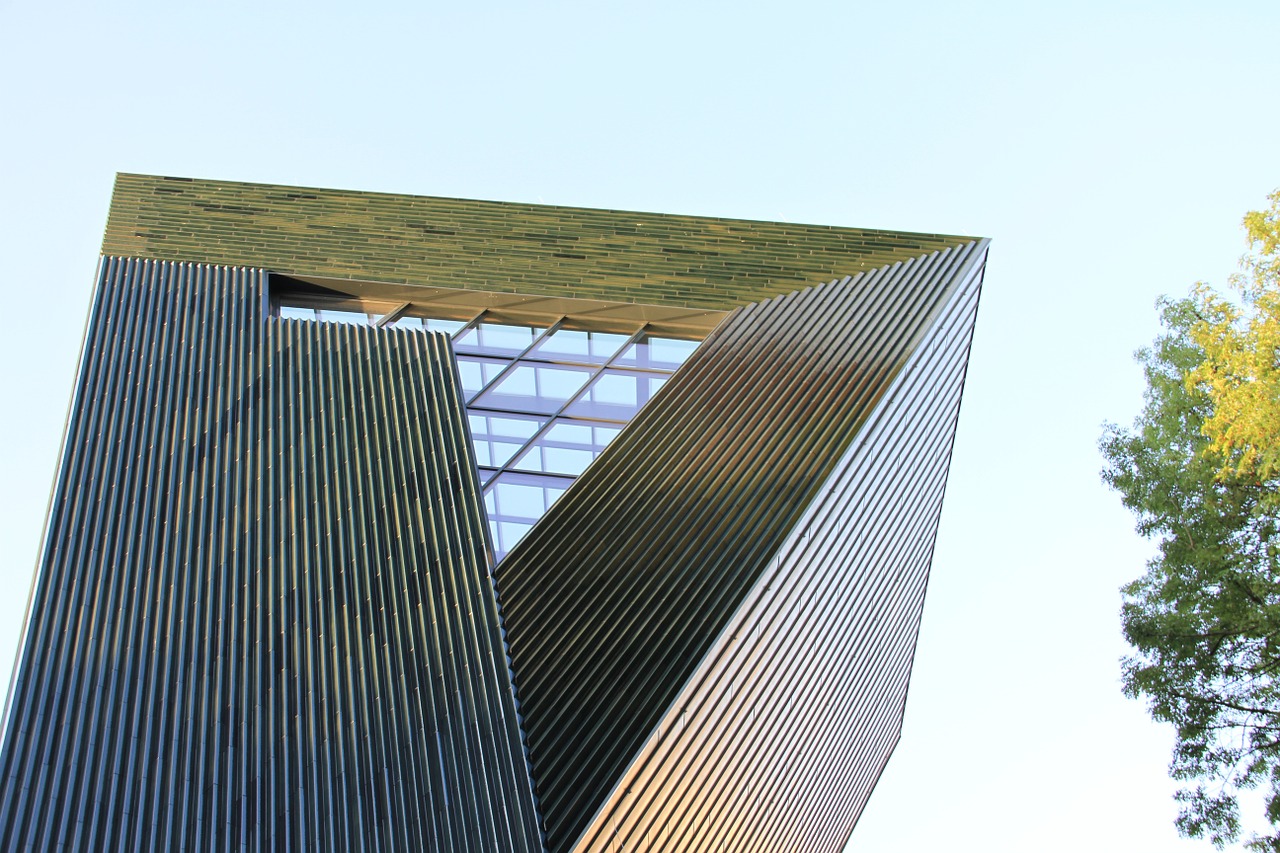
I welcome your thoughts about how we can protect our rights to reflect in the sanctuary of sacred spaces, whether or not we are religious, without risk. Here are my suggestions:
1. Reject hierarchy. No-one in any church or religion should have power over others, be they priest, rabbi or guru. Religious leaders may command our respect for their good deeds, but they deserve no more or less respect than anyone else for their good deeds.
2. Education. No-one in authority has the right to threaten someone less powerful. This message needs to be repeated endlessly by the authority figures in churches to encourage the least powerful, especially children, to speak up.
3. A transparent complaints procedure. Every institution needs a simple, transparent complaints procedure accessible to all. It cannot rely on written complaints, which would make it inaccessible to many, including children. The various state and federal ombudsmen offer a good start, but more could be done.

4. Design for safety. Let’s bring in the experts in designing safe spaces to review our churches and other sacred spaces. How could they be improved: better lighting? Easier access from the street? Quiet seclusion without being hidden from the benign oversite of others in the space?
5. Diversity. Religions are big on exclusion. But inclusion makes safer spaces; open the doors – real and metaphorical – and welcome in more people for more reasons and community purposes. I don’t mean commercial purposes. I mean welcoming in a wider variety of activities into churches and return them to the community hubs they once were. Why? Because the safest spaces are the busiest ones that have the most flexibility in how they are used.
What do you think? How can we keep our sacred spaces safe?
Follow me

